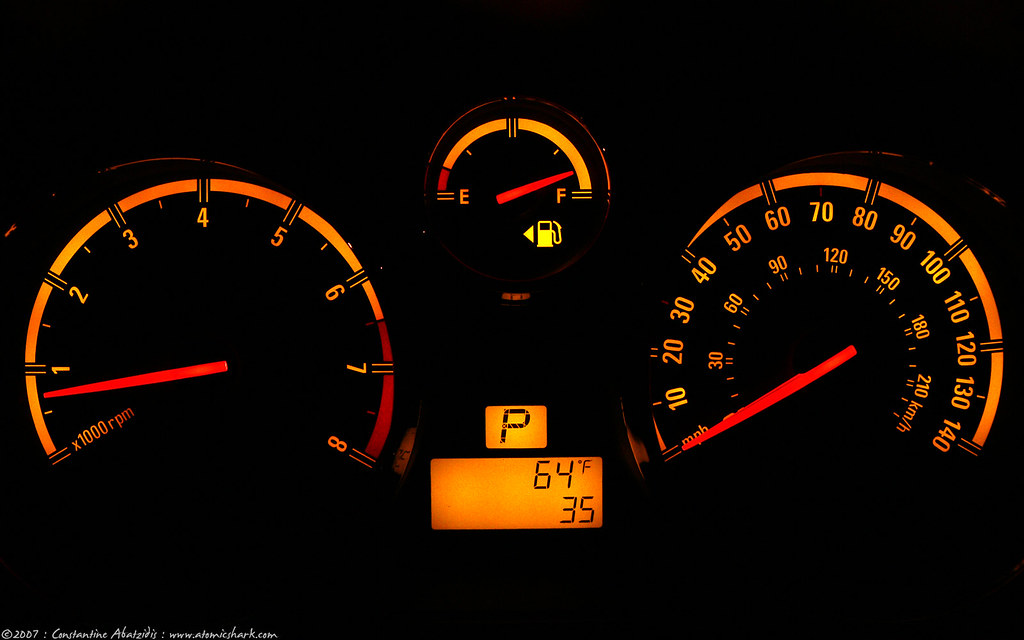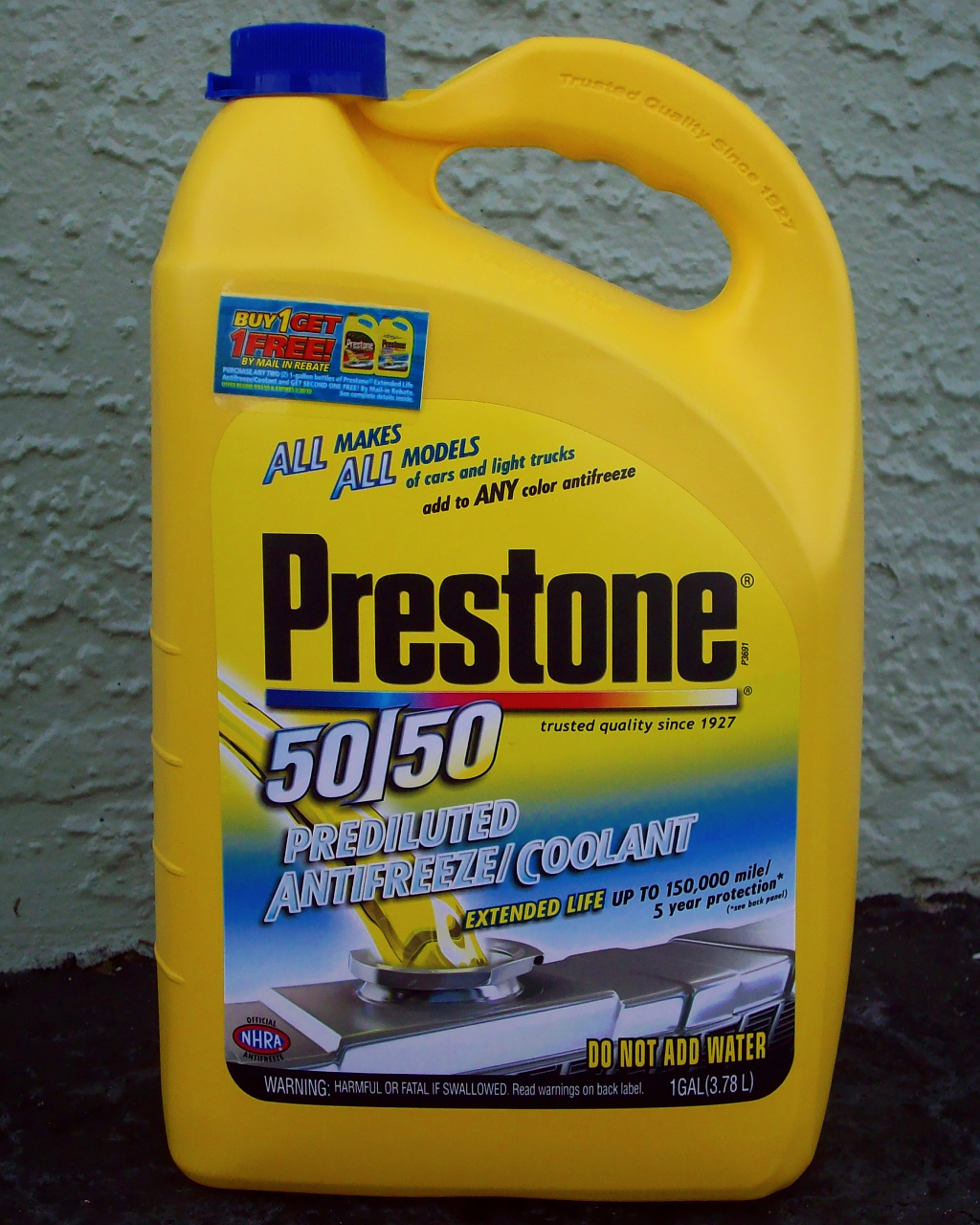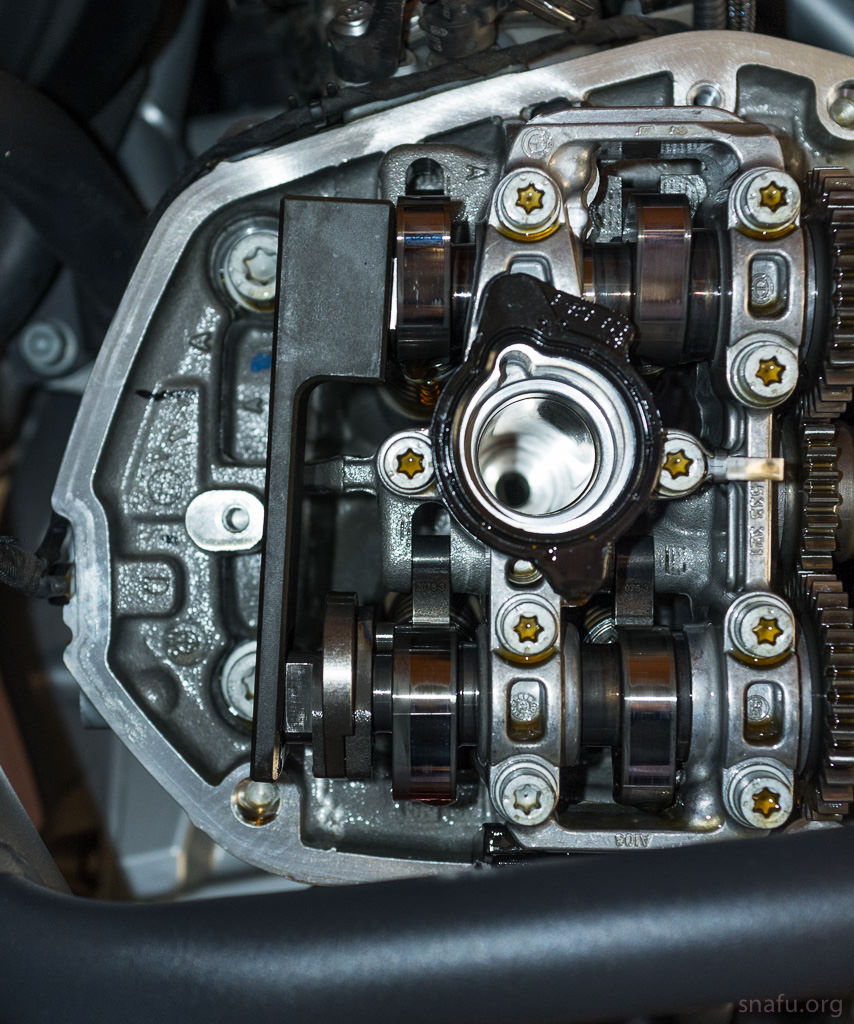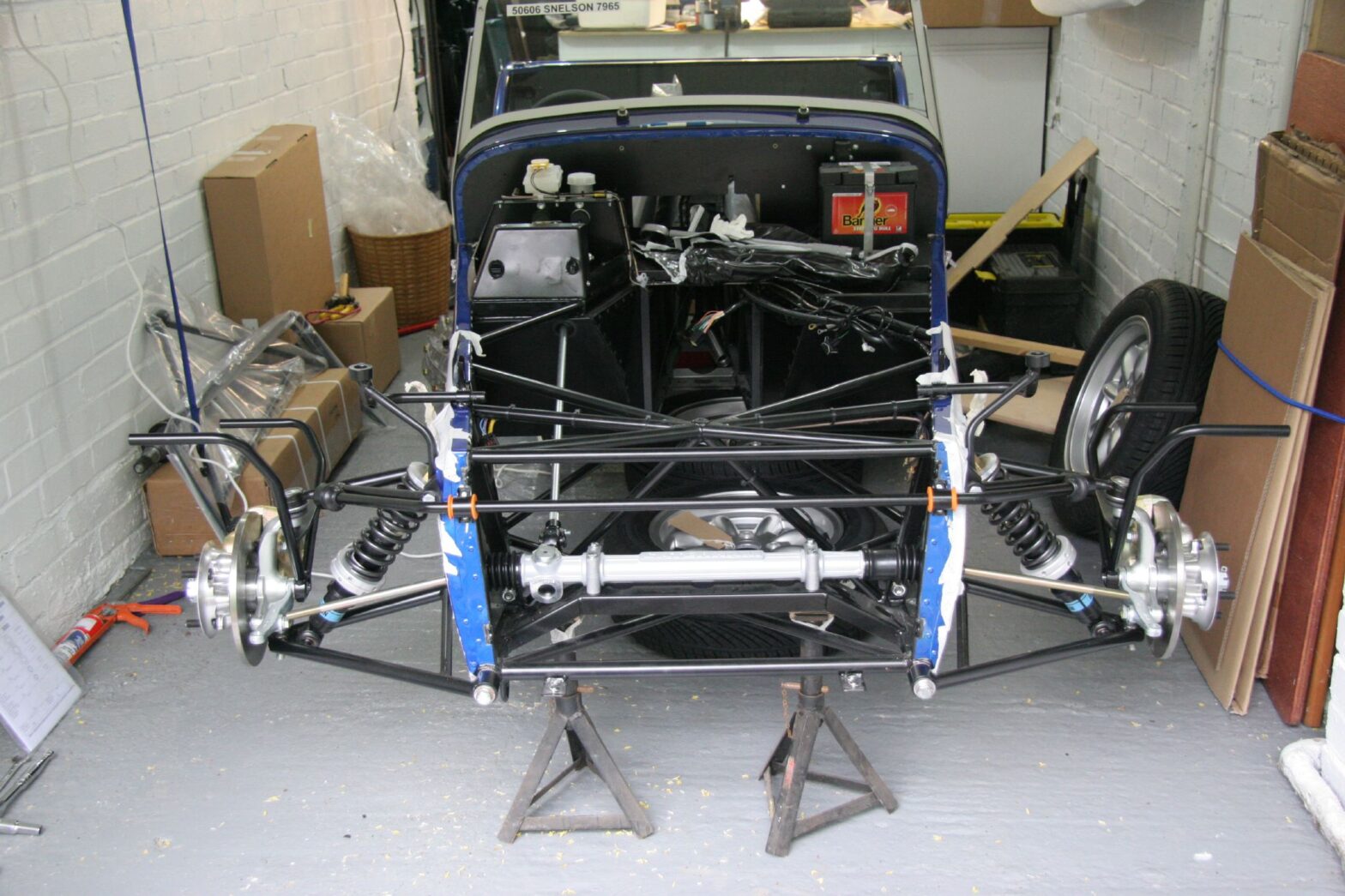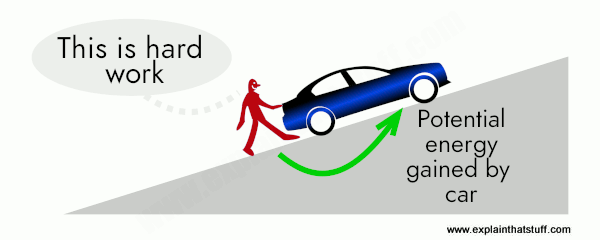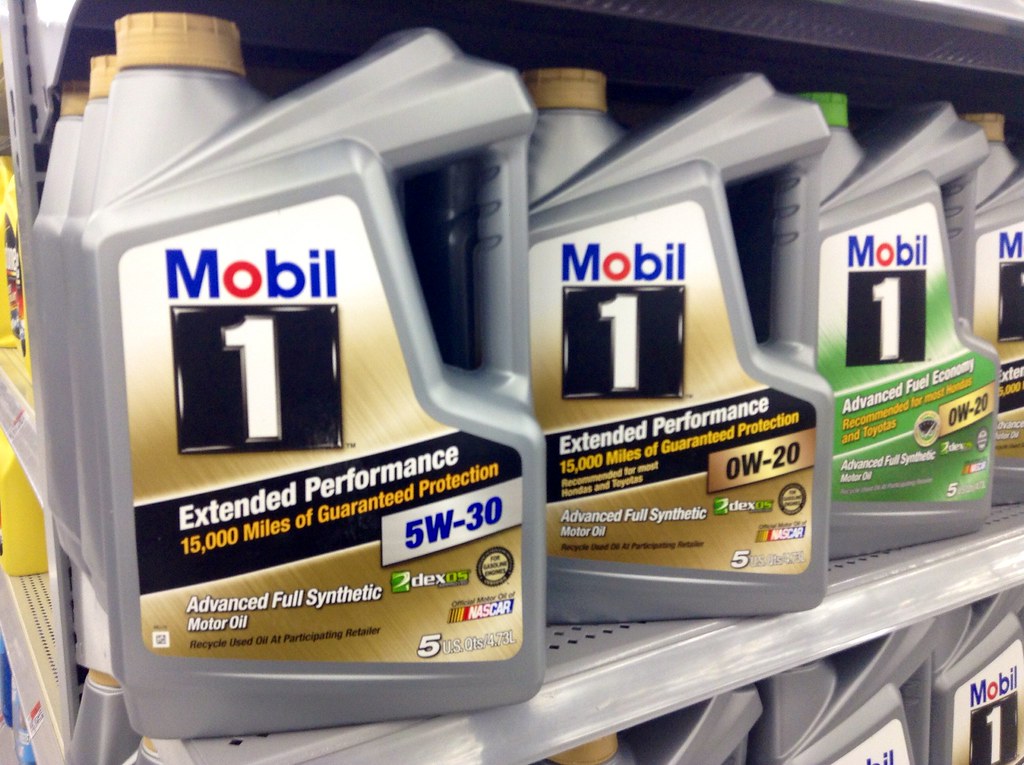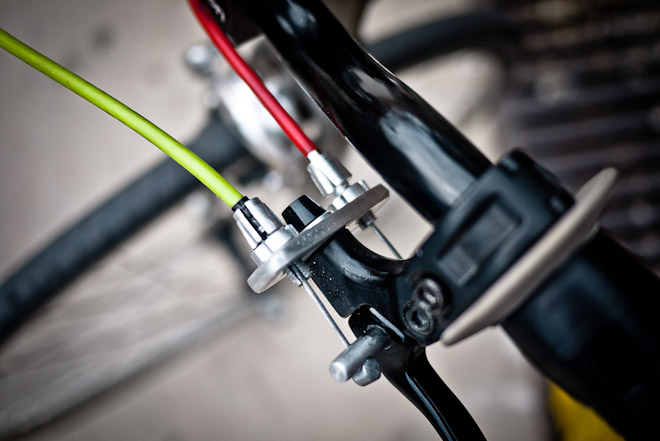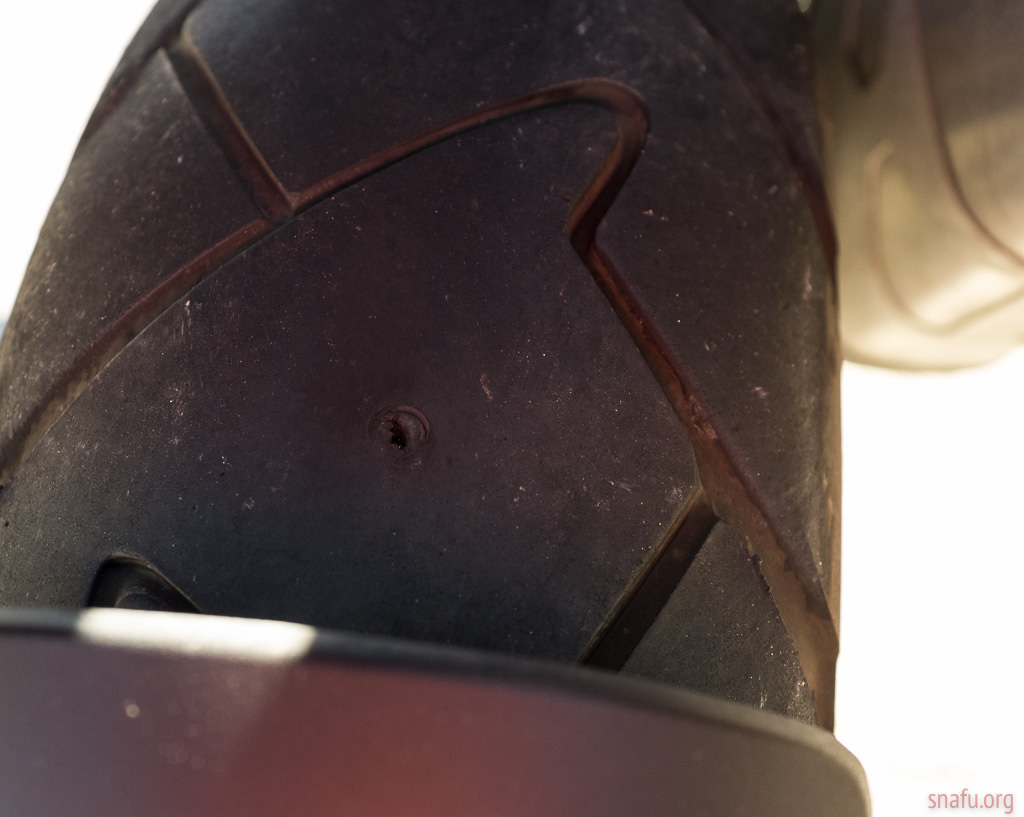1. Introduction
Dashboard warning lights are an important part of your car’s safety system, as they alert you to potential problems that may need your attention before they become serious issues. If one of these lights starts blinking, it’s a sign that something is wrong and you should take action right away. But what does it mean when the dashboard warning lights blink? In this article, we’ll discuss the reasons why dashboard warning lights blink and what to do if one of them is blinking. We will also look at how to prevent dashboard warning lights from blinking and the different types of dashboard warning lights and their meanings.
2. Reasons for Blinking Dashboard Warning Lights
The most common reason for a dashboard warning light to blink is because there is an issue with your vehicle’s engine or other systems that needs to be addressed. This could be anything from a minor problem like a loose wire or faulty sensor, to something more serious like a faulty catalytic converter or worn-out spark plugs. In either case, the blinking light indicates that something needs to be fixed in order for your car to run properly again.
3. Common Causes of Dashboard Warning Lights Blinking
The most common causes of dashboard warning lights blinking are things like low oil pressure, an overheated engine, low coolant levels, a bad battery or alternator, and even worn-out brakes or tires. It’s important to note that some of these issues can be easily fixed by yourself while others require professional help from a mechanic in order to ensure they are repaired correctly and safely.
4. What to do if a Dashboard Warning Light is Blinking?
If one of your dashboard warning lights starts blinking, it’s important to take action right away in order to avoid further damage or even worse – an accident due to malfunctioning components in your vehicle’s systems. The first thing you should do is check the owner’s manual for information on what the particular light means and then take appropriate action based on the severity of the issue indicated by the light. If it’s something minor like low oil pressure or low coolant levels then you may be able to address it yourself without having to visit a mechanic; however if it’s something more serious like an overheated engine then you should seek professional help as soon as possible in order to avoid any further damage being done.
5. How To Prevent Dashboard Warning Lights From Blinking?
The best way to prevent dashboard warning lights from blinking is by regularly servicing your car according to manufacturer guidelines and making sure all parts are functioning correctly at all times. This includes checking fluid levels (oil/coolant/brake fluid etc.), ensuring all belts/filters/spark plugs etc., are replaced when necessary, and having regular maintenance checks done by a qualified mechanic every 6 months or so depending on how much you drive your vehicle each year. You should also make sure you keep up with any recalls issued by manufacturers regarding certain parts in order for them not malfunctioning unexpectedly which can cause those pesky dashboards warnings lights from coming on!
6 Different Types Of Dashboard Warning Lights And Their Meanings
There are several different types of dashboard warning lights that can appear on your vehicle depending on what type of car you have as well as its age and model year:
• Check Engine Light – This light indicates that there is an issue with one or more components within your engine such as spark plugs, fuel injectors etc., so it’s important that this light gets checked out by a qualified mechanic immediately in order for them diagnose and fix whatever problem may exist before further damage occurs;
• Oil Pressure Light – This light will appear if there’s not enough oil pressure within the engine which can cause severe damage if left unchecked;
• Coolant Temperature Light – This light will come on when the coolant temperature rises above normal levels which can lead too overheating if left unattended;
• Battery Charge Light – This light will appear when there isn’t enough charge within the battery which can cause problems starting up your vehicle;
• Brake System Light – This light will come on when there’s not enough brake fluid within the system which can lead too poor braking performance;
• Tire Pressure Monitoring System (TPMS) Light – This light will come on when one or more tires has low air pressure which can lead too punctures if left unchecked;
• ABS System Light – This light will come on when there is an issue with Anti Lock Braking System (ABS) which helps control wheel spin during hard braking scenarios;
• Airbag System Light – This light indicates that there may be an issue with airbags so it must be checked out immediately by qualified personnel in order for them diagnose any potential problems before deployment becomes necessary during an accident scenario;
• Seat Belt Indicator Light – This indicator comes on when seatbelts aren’t properly fastened which can lead too serious injury during sudden stops/accidents etc., so always ensure everyone in car has their seatbelt fastened before driving off!
7 Conclusion
In conclusion, understanding what does it mean when the dashboard warning lights blink is essential for keeping your car running safely and efficiently at all times! It’s important that you take action right away whenever one appears so that any potential issues don’t become worse over time – whether this involves fixing minor things yourself like low oil pressure/coolant levels etc., or seeking professional help from qualified mechanics whenever necessary! Finally make sure you keep up regular maintenance checks according 2 manufacturer guidelines in order 2 ensure everything runs smoothly & efficiently 4 years 2 come!
8 FAQs About Dashboard Warning Lights Blinking
Q: What does it mean when my dashboard warning lights start flashing?
A: It usually means there is an issue with one or more components within your vehicles systems such as spark plugs, fuel injectors etc., so it’s important that this gets checked out by a qualified mechanic immediately in order for them diagnose and fix whatever problem may exist before further damage occurs.
Q: How often should I have my car serviced? A: It depends on how much you drive each year but generally speaking most cars need servicing every 6 months in order 2 keep everything running smoothly & efficiently 4 years 2 come! Q: What happens if I ignore my dashboard warning lights? A: Ignoring these warnings could result in further damage 2 ur vehicles systems & potentially even accidents due 2 malfunctioning components – so always make sure u take action right away whenever 1 appears!
Unlock the Mystery of Dashboard Warning Lights: Discover What That Blinking Means!
What should you do if a warning light on your dashboard suddenly starts flashing?
Finally if the warning light comes on stays on or starts flashing there is a problem and it could be serious (especially if the dash lights are flashing). Be sure to have your vehicle inspected by a professional mechanic right away.
Would a bad alternator cause lights to flicker?
If your alternator starts to quit when it fails your cars electrical output will drop. Headlights run on the vehicle battery which can cause the lights to dim or malfunction.
What causes multiple warning lights to come on?
If all the dash lights come on at the same time it is a sign of a problem with the alternator or charging system. Minimize long-distance driving whenever possible. A potential problem with the alternator could cause the vehicle to suddenly lose power while driving.
What does a blinking hazard light mean?
Hazard warning lights are a pair of intermittently flashing indicator lights that flash in unison to warn other drivers that a vehicle is approaching a temporary barrier. Also known as hazard flash or hazard lamp.
Why are my dashboard warning lights flashing on and off?
Flashing dash lights are usually caused by a problem with the alternator. In addition to recharging the battery the alternator controls the operation of the vehicles electrical components. If the generator fails it may not be able to continue to supply enough power to all components.
Can I drive my car with warning lights on?
Yes – if it stays on and doesnt lose power. You should check it ASAP. No – blinks if youre driving. Avoid high acceleration and high engine speed.
